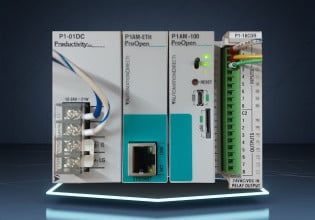E
I made a single phase to 3 phase with a 3 phase motor, but its showing on the meters from hot to ground.
1 shows 118.8; 1 shows 121; then the 3rd shows 180 volts. I need to get the 180 down around 120. what to do?
[email protected]
1 shows 118.8; 1 shows 121; then the 3rd shows 180 volts. I need to get the 180 down around 120. what to do?
[email protected]






